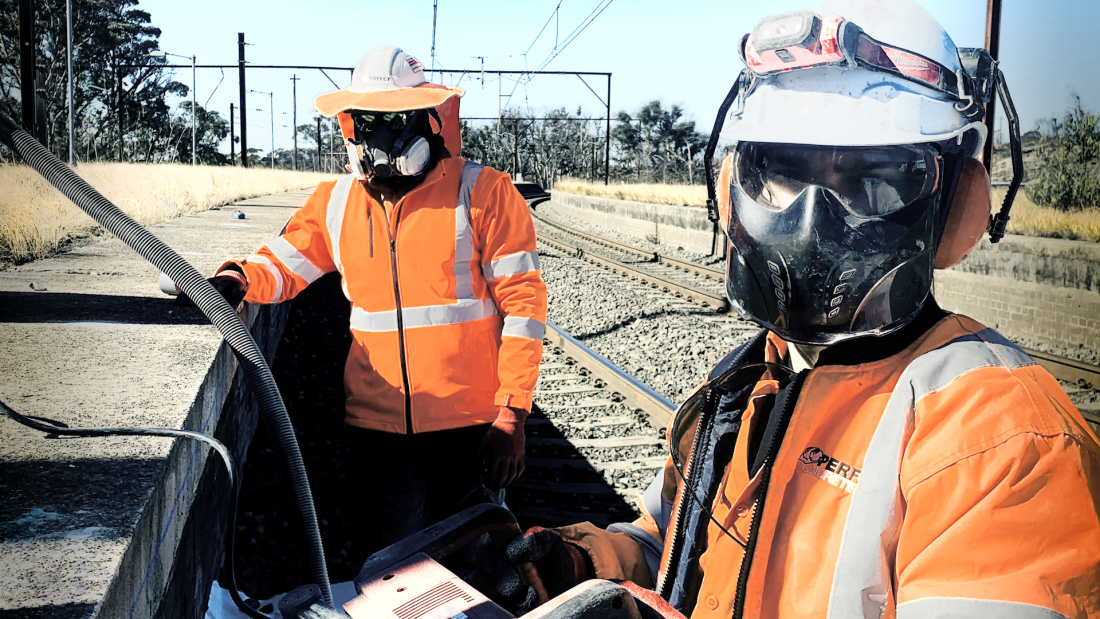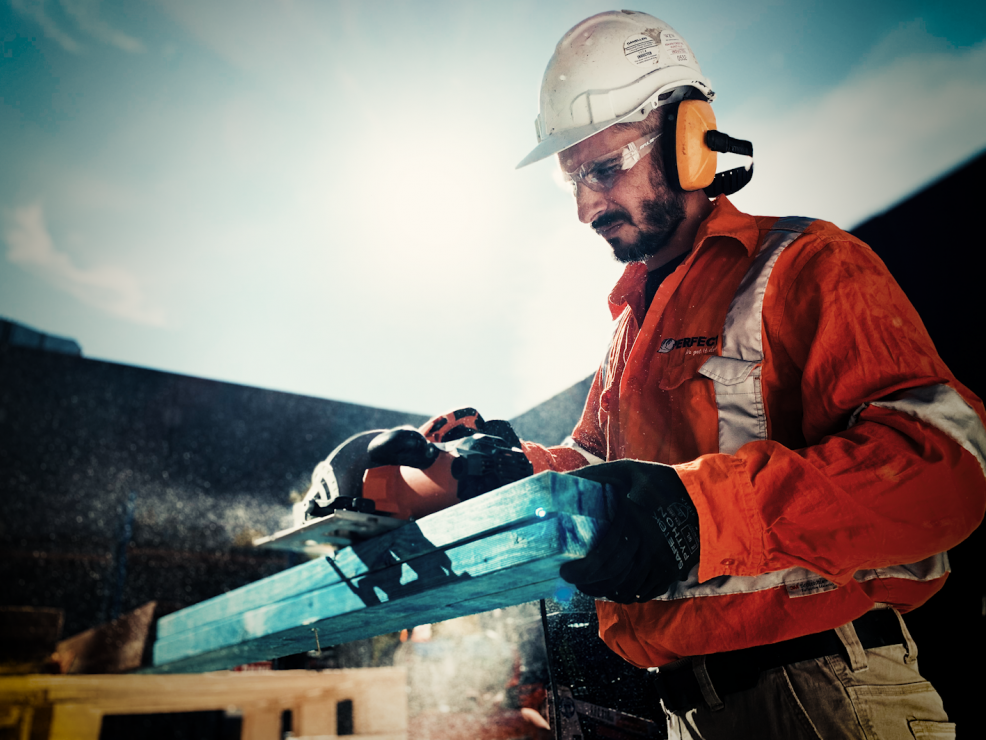The Most In-Demand Trades in Sydney in 2023
- magda

The construction industry plays a pivotal role in Australia’s economy. The industry has been growing exponentially over the past few years due to the Government’s investment in infrastructure projects as well as various home building initiatives. With the rapidly increasing number of active construction projects within Australia and productivity within the construction industry, the demand for skilled trade workers is higher than ever.
The influx of building projects has produced a landscape where professionals with the right skills have the power to pick and choose among the most appealing positions. Employers within New South Wales are having considerable difficulty in filling job roles within the building trades sector, with around 52% of jobs going unfilled due to reasons like a lack of qualifications, a lack of specialisation, skills, necessary licensing, and communication skills.
The most in-demand construction jobs in Australia are general labourers, carpenters, welders, dogmen and riggers, crane operators, hoist operators, landscape labourers and so on.
General Labourer
General labourers are one of the highest in-demand construction roles. With the new building grants, the demand for general labourers has increased a lot, making them the most sought-after construction workers. This is because the industry needs the numbers to fill the teams for a range of projects. The role of a general labourer will vary depending on what worksite they are on. A general labourer has a lot of flexibility in their skills. At times they may act as an assistant to a skilled labourer such as a carpenter while other times, it is their job to set up scaffolding, direct traffic or use basic power tools. General construction labourers often don’t require advanced degrees, but good experience gives them more opportunities in the construction field. In this role, you will get to learn a lot of different skills and work in various areas of the field ranging from construction preparation, basic carpentry work, putting up drywall, installing fixtures and appliances, or mixing concrete. The site’s foreman will place you wherever general labour is needed the most on any given workday, which guarantees you’ll pick up new skills.
Carpenter
Carpentry is a skilled trade and a craft in which the primary work performed is the cutting, shaping and installation of building materials during the construction of buildings, ships, timber bridges, concrete formwork, etc. A carpenter is an individual with great hand dexterity and an eye for detail. Although traditionally carpenters mostly worked with natural wood, in present times, a carpenter’s job extends to cutting and installing other materials such as plastic, aluminium, fiberglass, or drywall using tools such as hammers, chisels, saws, drills, and sanders. They also join everything together using nails, screws, and other materials such as adhesives and install doors, windows, and cabinets. Due to the scope of work being so expansive, carpenters are always in demand.

Welder
When materials such as metals or thermoplastics need to be joined together, the job calls for a welder. Welders use high heat to fuse materials, creating solid and durable bonds. As a welder, you know the best techniques for using various materials and how to quickly develop reliable and safe joins. Any industry that requires durable joins between metals needs welders. The manufacturing sector is also looking for workers with welding and fabrication skills. Welders in the manufacturing industry get to work on everything from tools and containers to cars, ships and aircraft. On the other hand, construction welders help create the steel skeletons that hold up modern buildings. Welding skills are in demand even in industries that might surprise you, such as manufacturing computer parts.
Crane Operator
Cranes are one of the largest pieces of equipment on construction sites and can be a risky job. This is why it is important for crane operators to have completed certifications proving they are able to safely operate a crane. They are responsible for moving lots of heavy building materials in a precise and careful manner. The work hours can sometimes be irregular. But there is a shortage of crane operators in Australia at the moment, which is why they are in high demand.

Hoist Operator
Large multi-storey construction sites like skyscrapers often utilise hoists. These are no-frills elevators that quickly move workers, small machinery, and equipment to different levels of construction. Operating hoists requires great skill to ensure you transport the people and objects safely to the right spot. Hoist operators also carry out maintenance and repair tasks on hoist equipment. A hoist operator will spend many hours in their elevator, answering radio calls requesting them at various floors to help keep the job moving forward. With the increase in high-rise buildings, hoist operators are currently in high demand in Australia. You control the platform that transports workers to vast heights or depths at a construction or mining site.
Dogman
The person that safely attaches the load to a crane is a called a dogman. A Dogman or “dogger” is a specialist in slinging and guiding loads handled correctly by cranes. The Dogman must hold a High Risk Work Licence “DG.” The Dogman chooses the best equipment for slinging a certain load depending on the mass and the centre of gravity. In addition, they perform the purpose of guiding the crane operator when the load is not seen by the operator using a combination of radio contact, whistles, and hand signals. The crane operator would also operate with a team of dogmen – one on the ground to attach the load and another on the top of the building to lift it. The dogman, ‘Dogger’ is responsible for usage of slinging techniques, determination of the weight of the load to be raised, selection and testing of the lifting gear equipment, directing of the operator of the crane in the movement of the load, safe dogging practices and so on.

Rigger
A rigger can perform all the same activities as a Dogman can perform, as well as more advanced rigging techniques depending on the type of rigger licence they have. Traditionally, a basic rigger was someone who held a rigging licence and used hoists and pulleys. More recently, the construction industry has extended the term rigging to include the use of mechanical load shifting equipment, including moving, positioning, or securing a load using a mechanical load shifting system; dismantling or erecting a structure, crane or hoists; safe placement of crane lift loads; installing static lines, safety nets and cantilevered crane loading platforms; mechanical load shift equipment comprises equipment such as cranes, hoists, chain blocks, and winch systems.
Landscape Labourer
Landscaping, like construction, involves working with your hands to modify the aesthetic appeal of a property, be it private or commercial. However, while construction relates to renovating or building, landscapers concern themselves with any activity that modifies the visible features of a piece of land. These may include the living elements, such as flora or fauna, or gardening, which relates to the art and craft of growing plants. As a landscape labourer, you’ll be doing a lot of physical labour in the beginning. Landscape labourers plant trees, bushes, and other greenery to support landscape designers and other senior members of the team.
Foreperson
The foreperson is the person that makes sure everything goes smoothly at the construction site. Their main duties involve creating schedules for labourers, coordinating tasks, managing the budget, and overseeing the quality of work. Forepersons also report the progress of the construction to their supervisors. Generally, they are experienced workers who get promoted into this role. If you want to become a foreperson, you have to start as an entry-level worker and work your way up in the industry.









